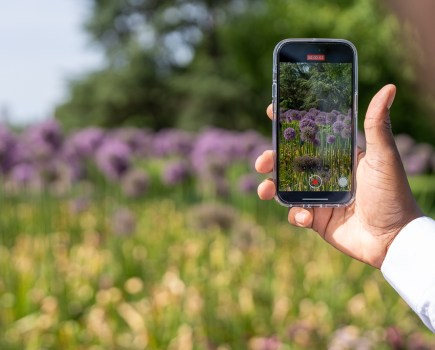Watch our exclusive introductory video that explains the world of LUTs
A LUT, or ‘Look Up Table,’ holds a set of numbers which are looked up by the software or hardware you are using in order to deliberately change the colours of an image.
LUTs can be technical, creative (usually generated within software) or camera specific. For example, Canon has produced LUTs for its Cinema EOS cameras that convert Canon Log footage to Rec.709 or Cineon.
So, what happens when you use a LUT?
Changing colour values
Colour LUTs just take in colour values and output the corresponding colours. Some LUTs change saturation, some increase contrast and some can change the input colours completely.
They are a mathematically precise way of taking specific RGB values from an image and changing them to new RGB values by changing the hue, saturation and brightness of the original footage. So, what are they used for?
Why should you use a LUT?
LUTs are most commonly used for creating and saving colour grades, which can be used or applied to other projects.
They can also make log or flat footage come to life by adding contrast and style or converting it back into a Rec.709 colour space. You can even load a LUT into a monitor or display to calibrate it to get an idea of what the finished look of your film might be.
Where should you use a LUT?
So, where should you use LUTs? LUTs can be used in any programme that has the ability to grade your footage. The most popular are Adobe Premiere Pro, Blackmagic DaVinci Resolve and Final Cut. You can even load a LUT into Photoshop to apply it to a still image.
As LUTs are so universal they are a better option when moving between software, instead of saving presets within that programme. By using LUTs you can do quick overall corrections, make certain colours ‘pop’ or add cinematic style, all depending on the values that are contained within that LUT.
Watch the full video above to learn more about using LUTs in your filmmaking.






